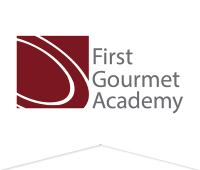With our televisions and social media feeds predominantly filled with individuals showcasing their latest epicurean invention and masterpiece, most of us are intrigued by the idea of attending culinary school to develop our skills in the kitchen.
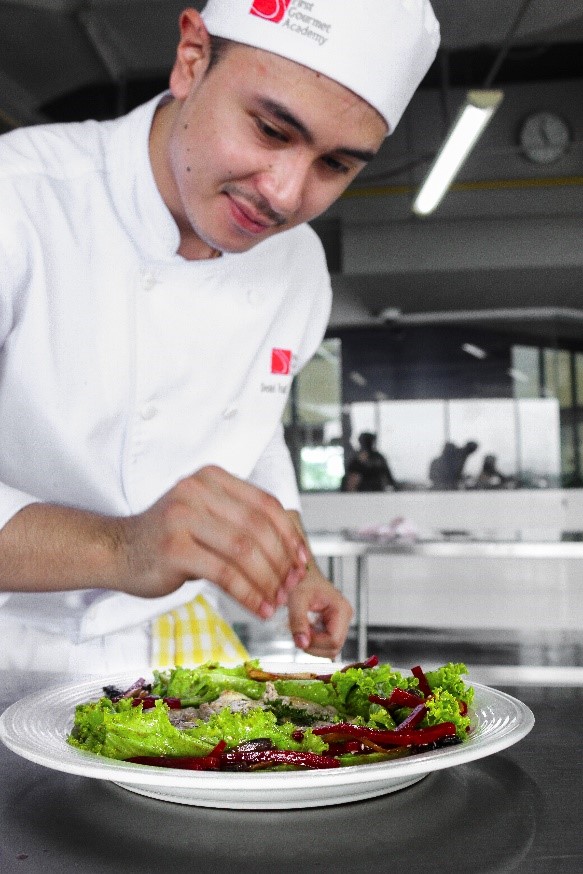
Unfortunately, most people have developed the misconception that culinary arts school is only for individuals with a deep passion for cooking and food. In this regard, those who choose to enroll would be involved in cooking and only cooking alone. However, while the culinary arts primarily focuses on cooking as an art and a science, it is so much more than that. In fact, the culinary arts is one of the most multifaceted disciplines in the world. On the surface, the life of a culinary arts student may seem like an endless string of studying recipes, cooking or baking food and presenting them in a manner that enhances its overall aesthetic. Beyond that however, there is a myriad of other things that go into the background. In fact, unless you are a culinary arts student yourself, there is a likely chance that you are unaware of what life is like in culinary school--and when it all boils down to it, culinary school is indeed so much more than just cooking. Here are some of the courses offered in most culinary schools that exemplify that fact:
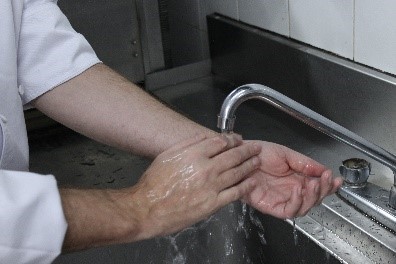
1.) Food Safety and Sanitation Course
When it comes to cooking, it is not enough that your food tastes good--it needs to be safe as well. Most culinary arts schools offer Food Safety and Sanitation Courses to ensure that students learn how to keep a kitchen clean, organized and efficient. Apart from these, they also learn basic practices for killing bacteria and other disease-causing agents. More importantly, it is imperative that you practice safe basic kitchen safety so as to avoid getting injured by hot stoves and sharp knives. Apart from basic food safety and sanitation practices, this course often includes policies regarding food handling and sanitation.
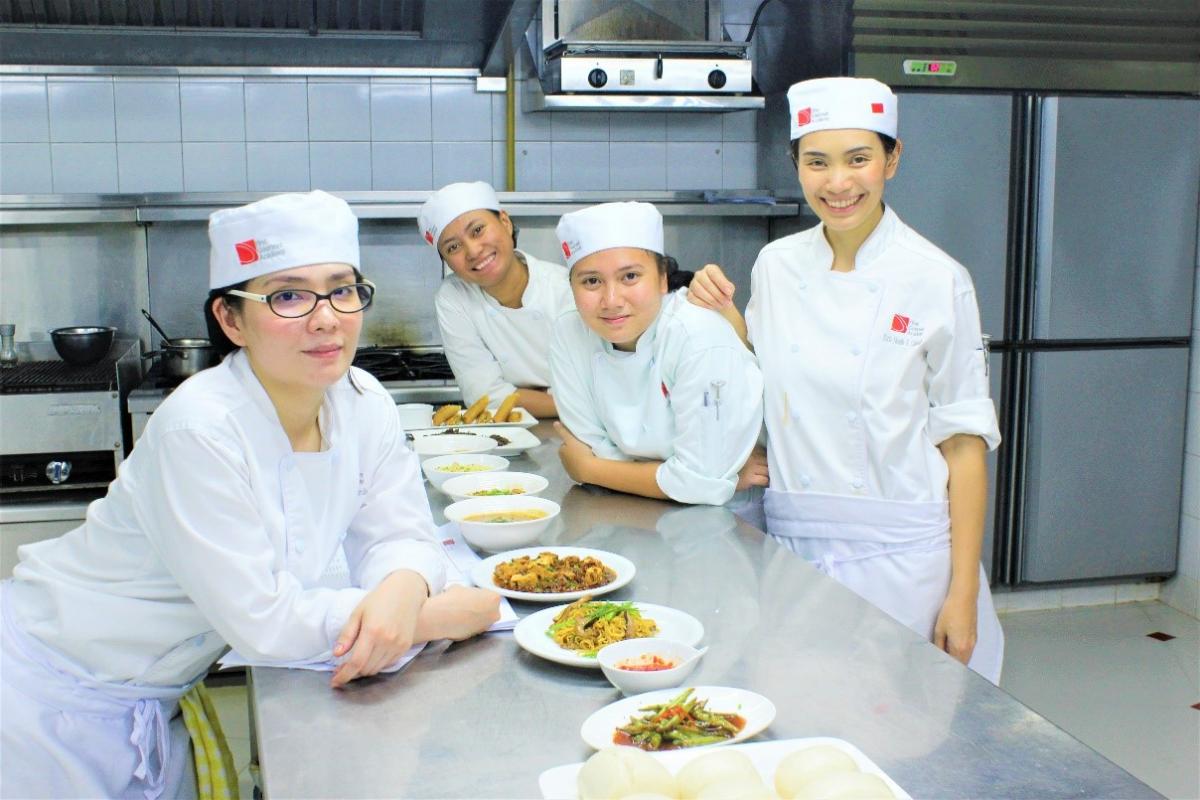
2.) Developments in Nutrition Course
While most individuals think that a skillfully cooked dish tastes delicious, taste is only one aspect in cooking. Before students even get to cook or bake, they need to learn what makes a meal healthy or unhealthy by reading the food labels and learning how the body processes calories, carbohydrates, fat and sugar. In this regard, students are then taught how to plan nutritionally balanced meals using ingredients that are available in most restaurants. Moreover, this is a course that touches on how nutritional values change over time. This means that students are then able to identify food items that were once considered healthy, but are now not.
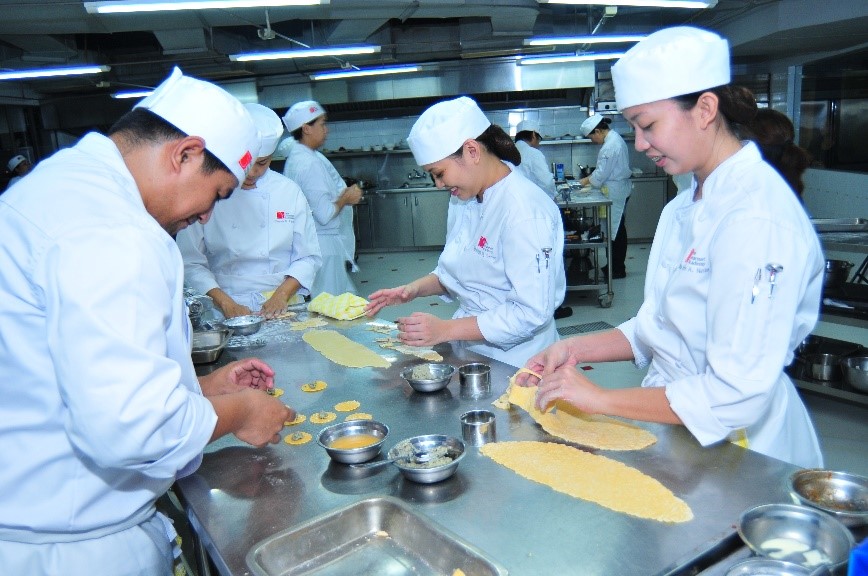
3.) Baking Techniques Course
As a multifaceted discipline, cooking involves many methods and techniques that would bring about various food dishes. With that said, most culinary arts schools also teach Baking Techniques Course to ensure that students learn the basic techniques for baking food items. In this course, students are given the opportunity to experiment with their own ingredients to learn which ingredients are palatable and complementary to various baked goods. It also introduces students to nutritional options which can be substituted for less than healthy options. Moreover, they learn specific techniques for creating breads and pastries as well as the creaming and blending methods.
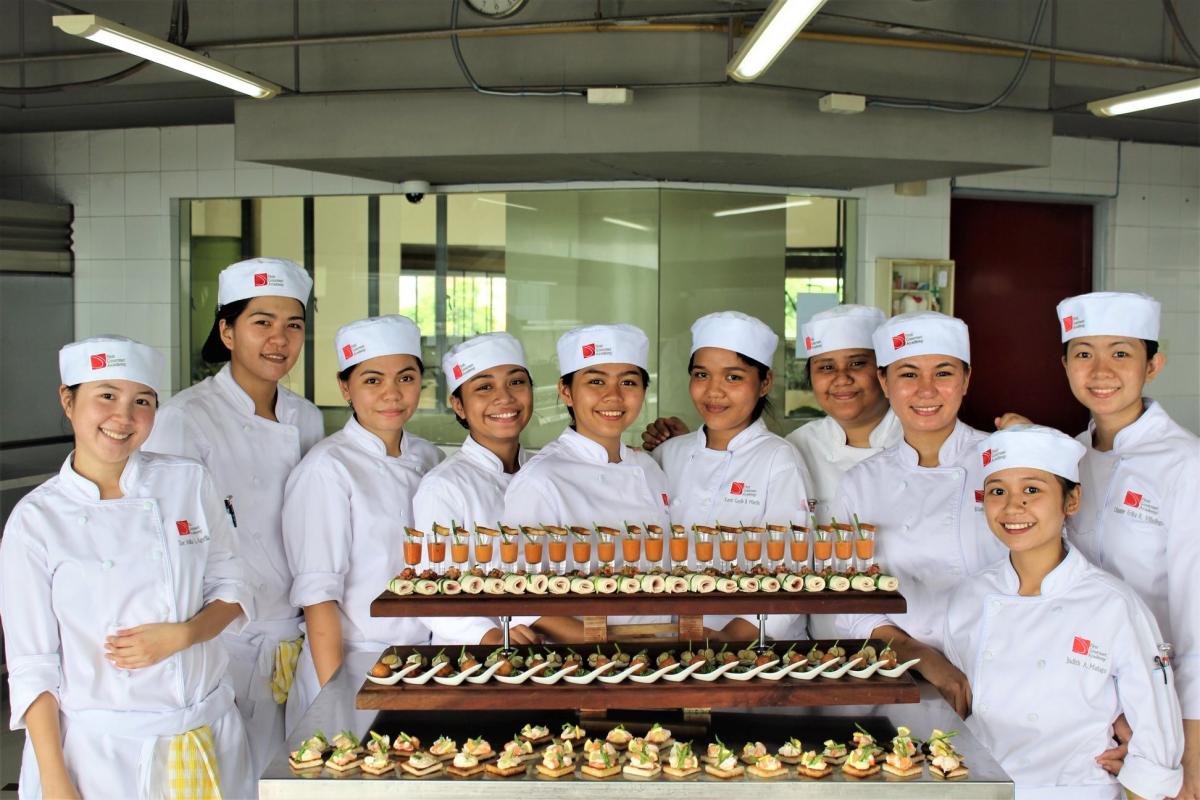
4.) The Hospitality Industry Course
As a multifaceted discipline, students in the culinary arts are often taught various lessons that touch aspects in the hospitality industry. In this regard, they would learn what is expected from culinary professionals. The Hospitality Industry Course introduces students to common culinary worth settings other than the standard restaurants. It ventures out to work settings such as cruise ships, hotels and resorts. It is also a cooking course that touches on the philosophies by which entrees are best paired with beverages, appetizers and desserts.
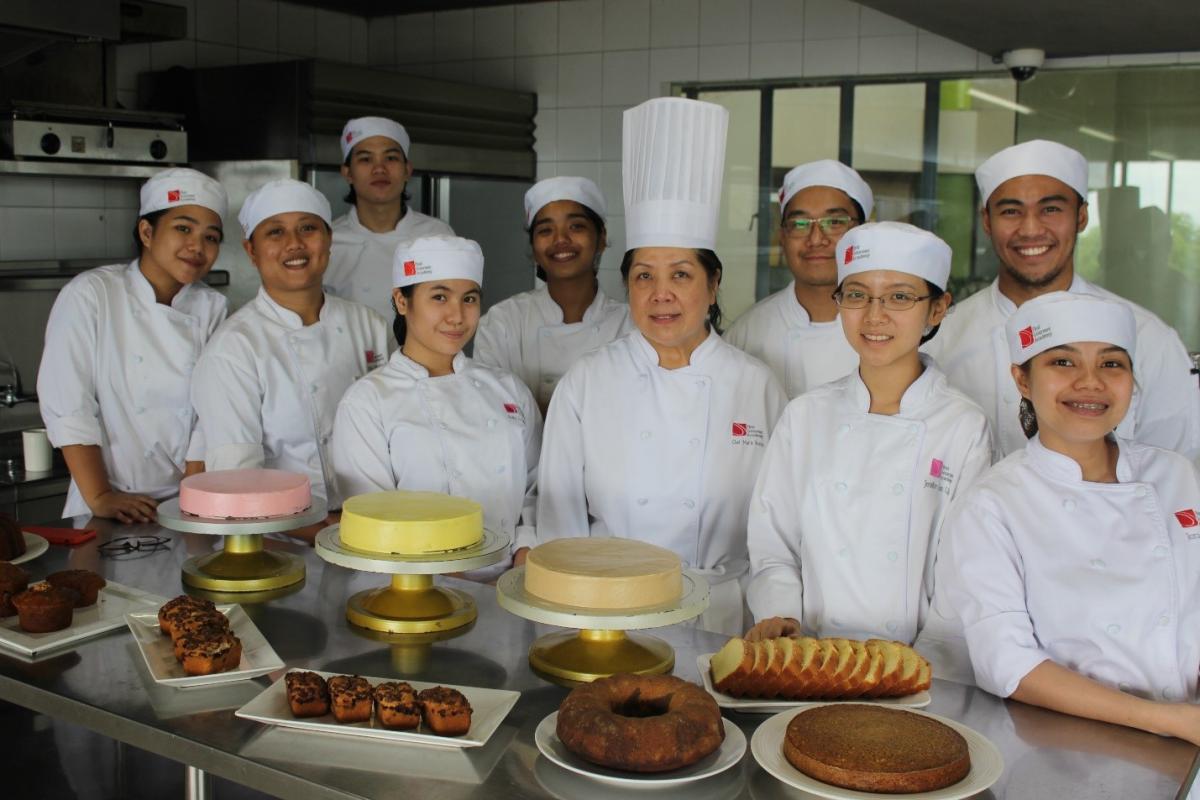
5.) Pastry Course
Apart from the baking course, some culinary arts schools offer pastry courses in their curriculum. With this course, students develop their bread and pastry skills to create a wide variety of pastries which include croissants, cakes, tarts and the like. They will also learn how to add icing and other decorations to ensure that their finished product is not only delicious, but pleasing to look at as well.
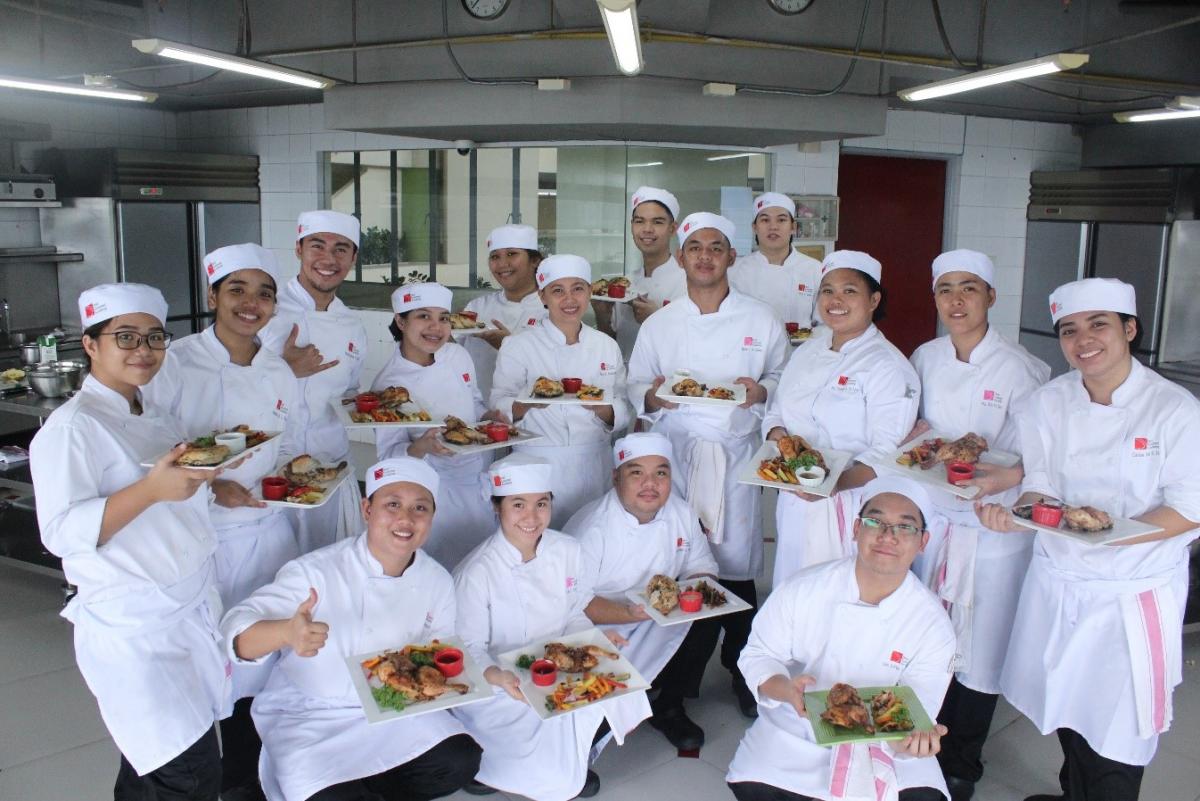
6.) Advanced Cooking Course
With this course, students are taught how to create basic and advanced meals. Apart from reading recipes, they gather ingredients and prepare the meals. Then students are also taught the various methods used in taste testing and in recipe modification. In some culinary schools, an advanced cooking course often means getting an overview of the popular trends in food as well as learning to prepare food based on the ethnic cuisines of foreign cultures.
While all of these might dismiss some of the erroneous assumptions made about culinary school, these are not enough to totally eradicate the stereotype that goes along with it. If you wish to educate yourself better and discover more about the world of culinary arts, the only way to do so is to enroll in a culinary arts program. With that said, rid yourself of the presumptions you may have, enroll in a program. By enrolling at First Gourmet Academy, you can explore just how multifaceted, dynamic and rich the culinary profession can just be.
